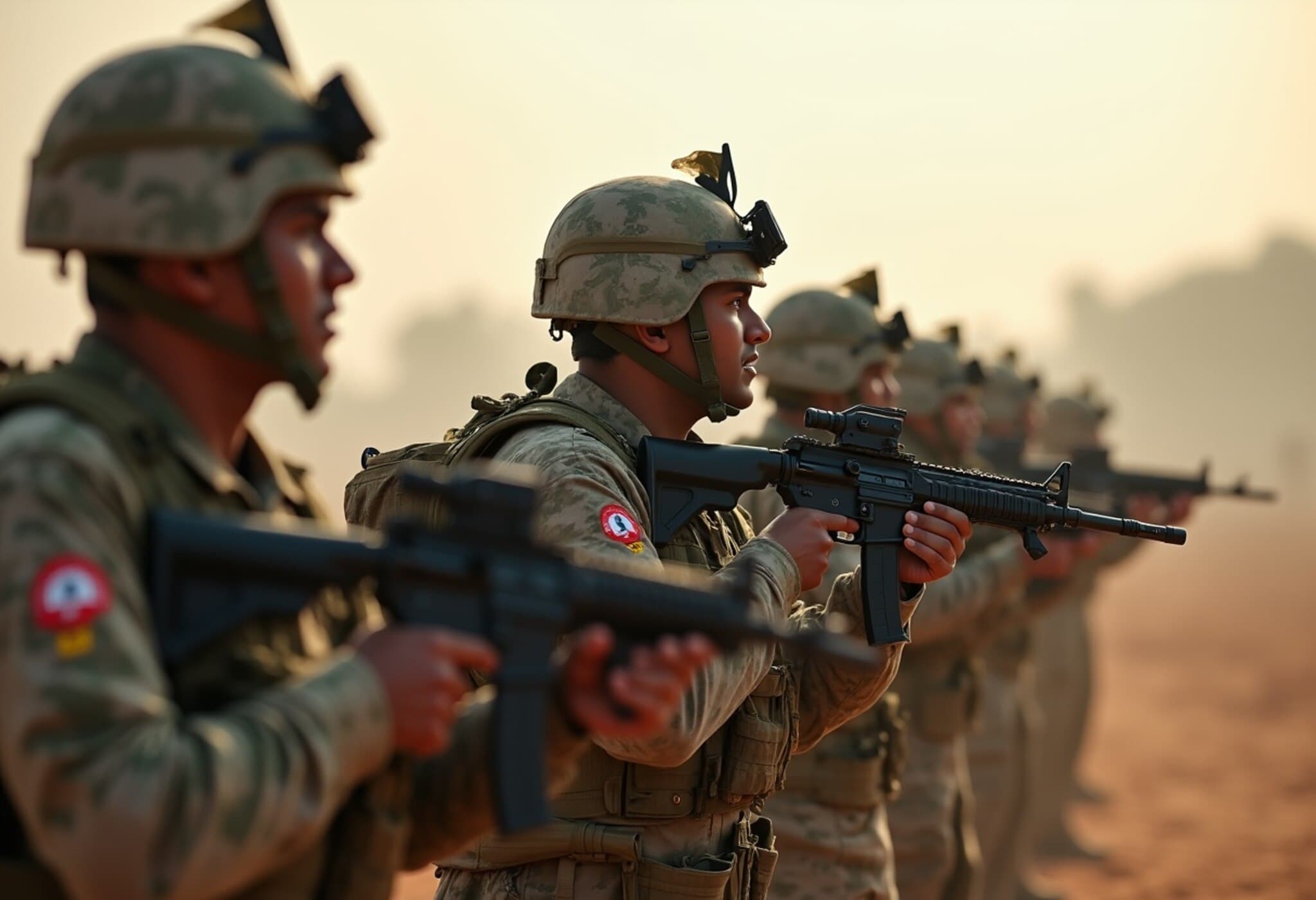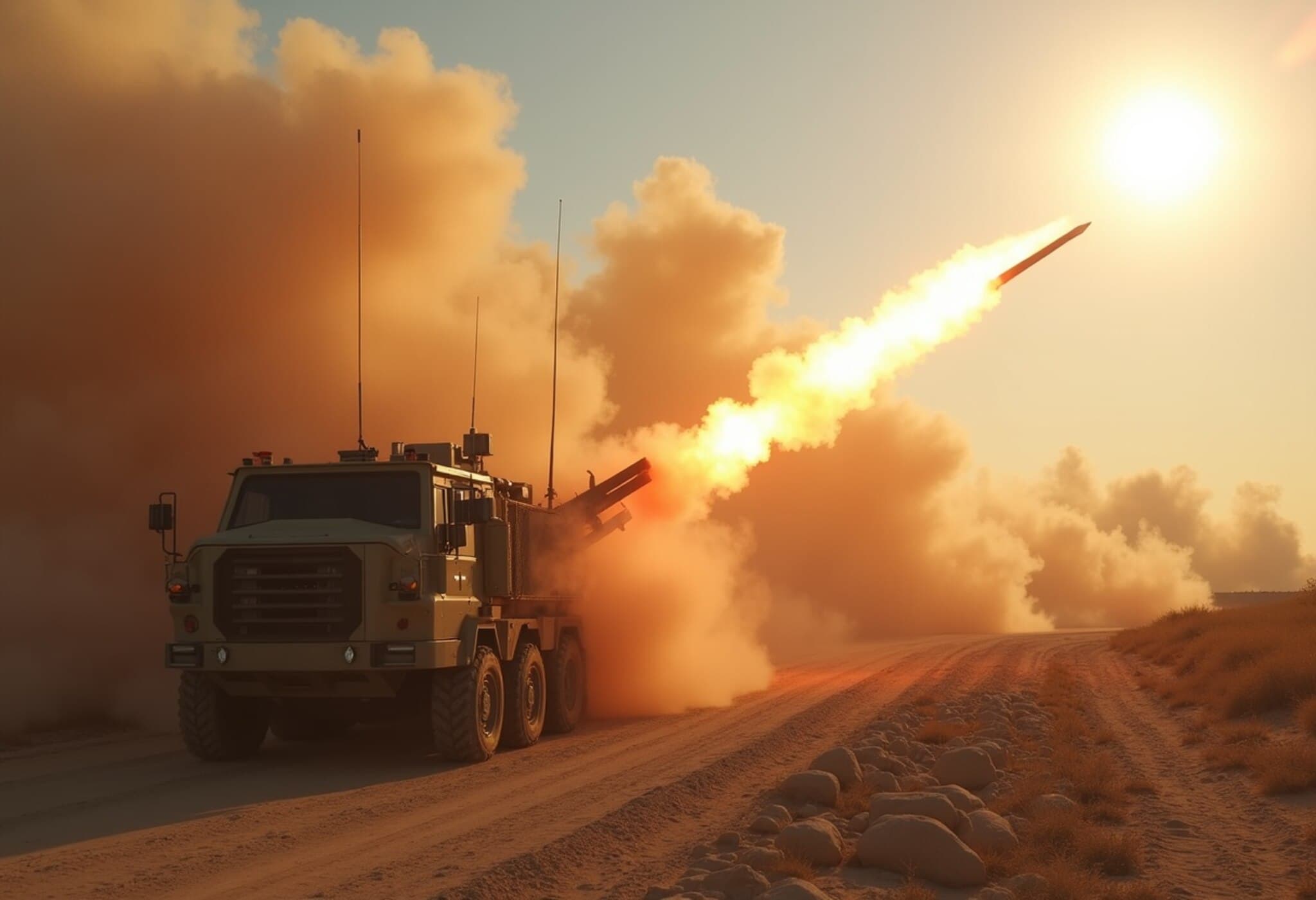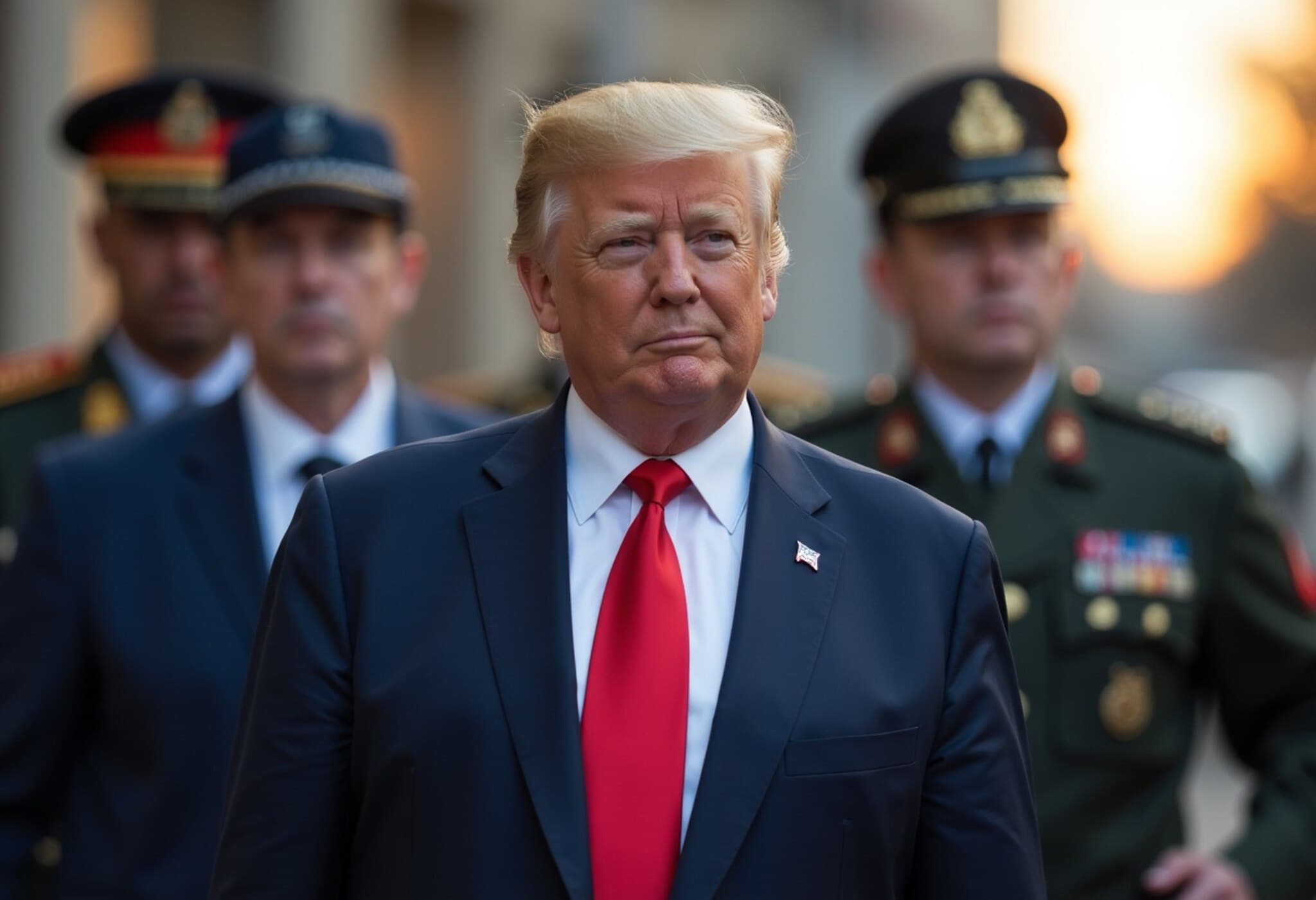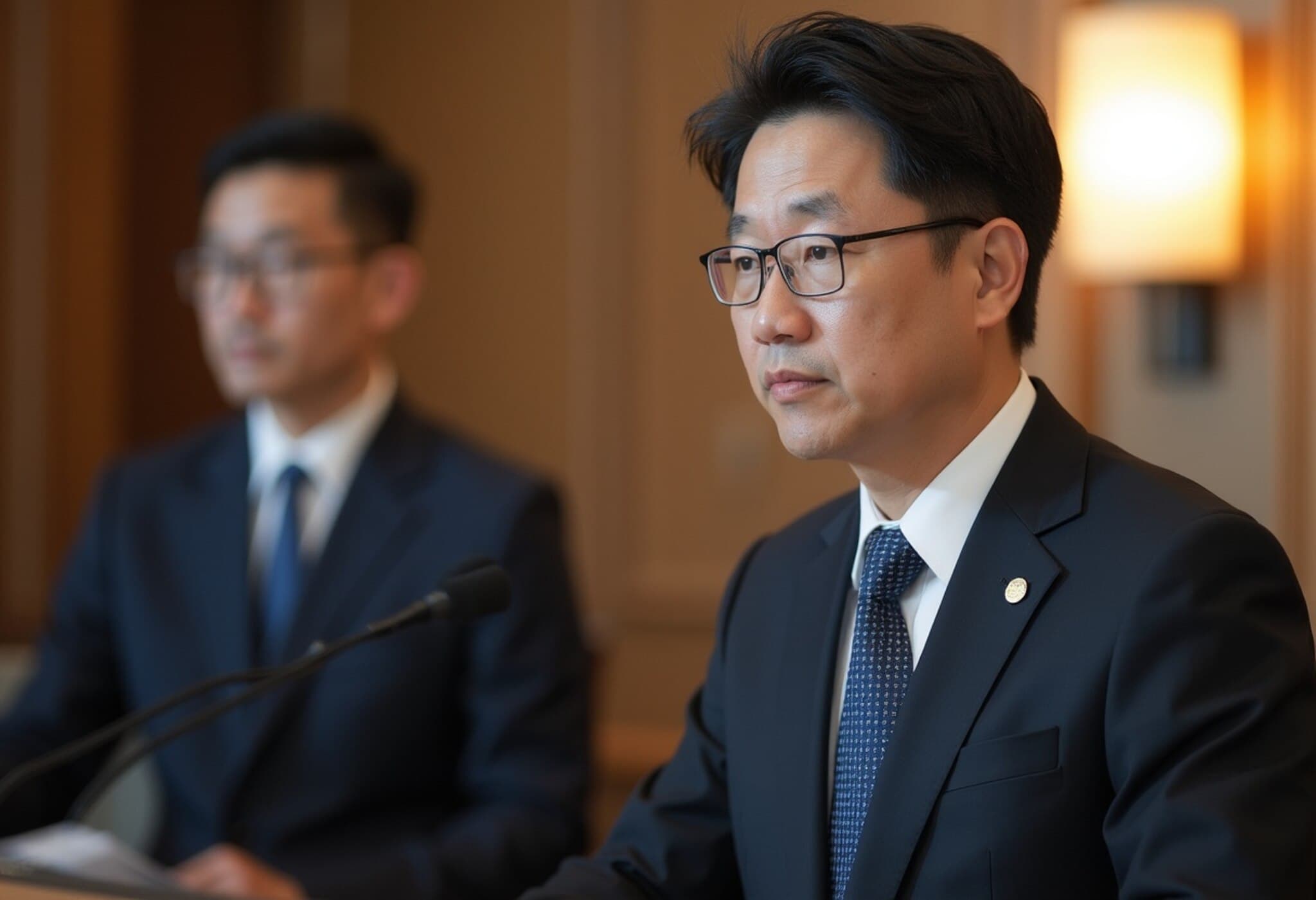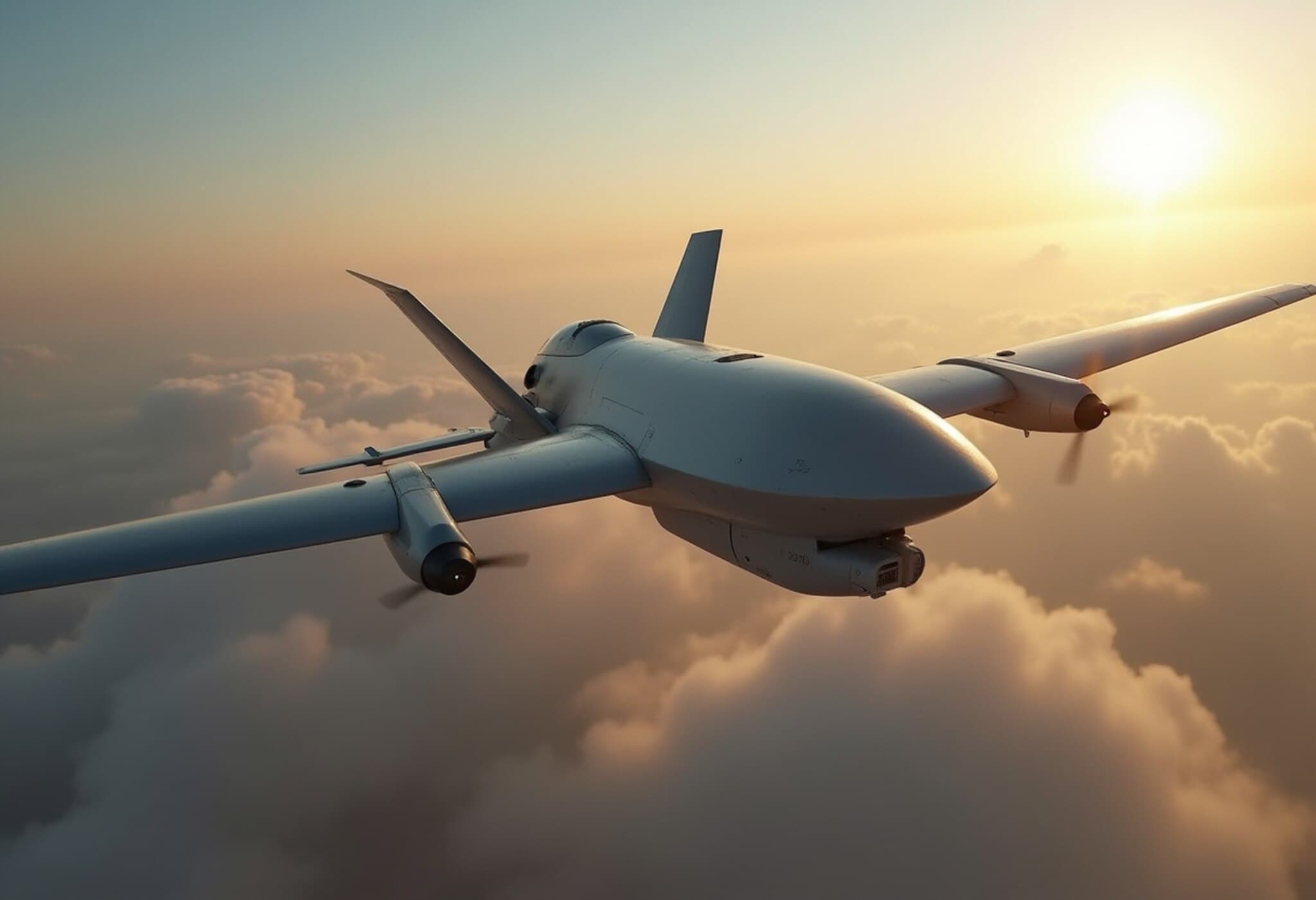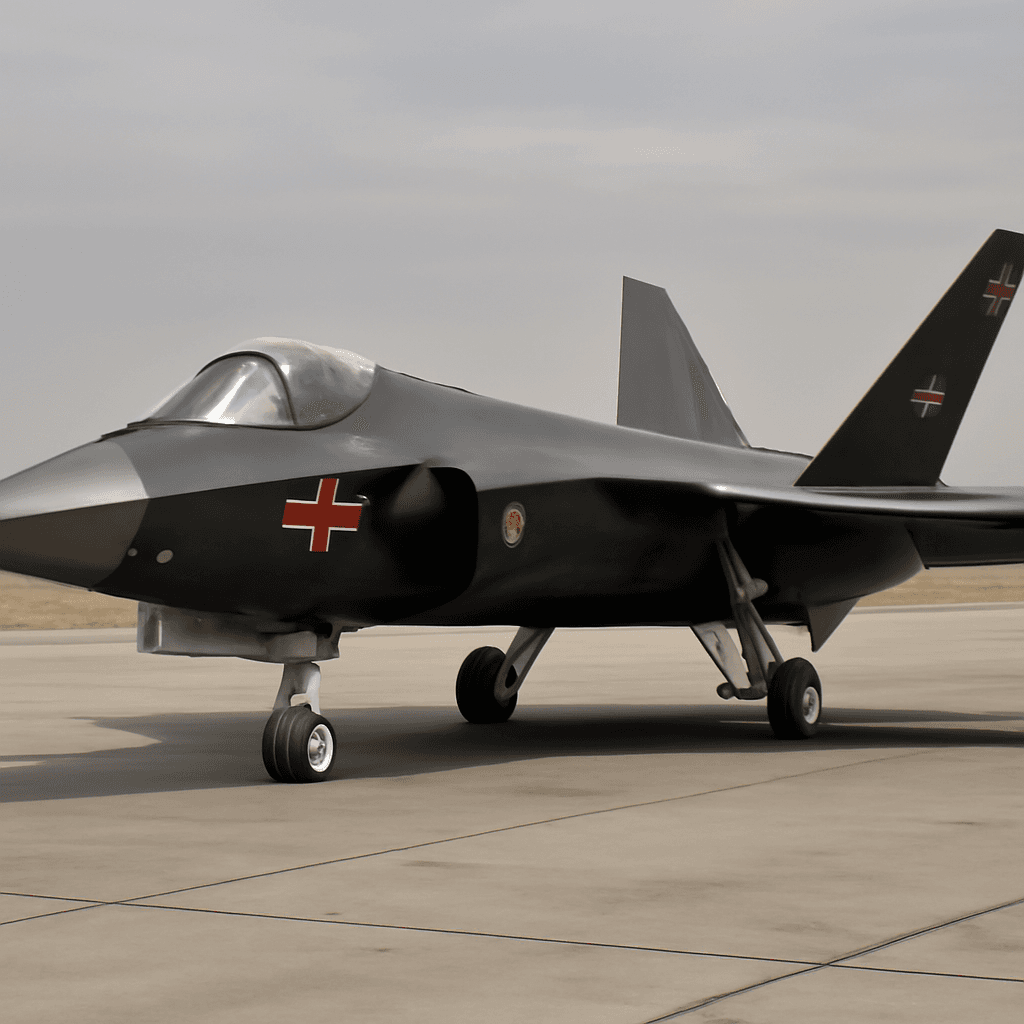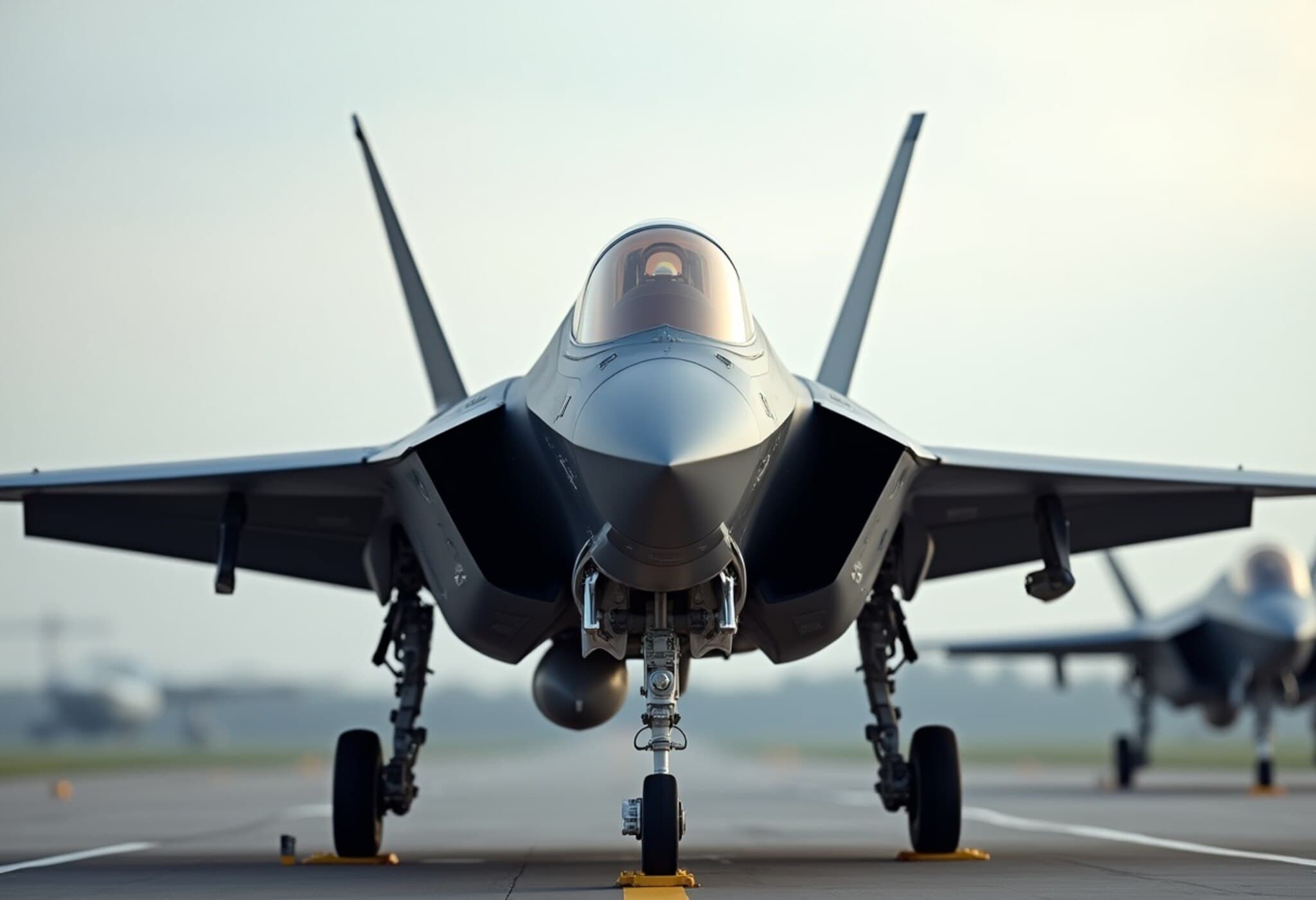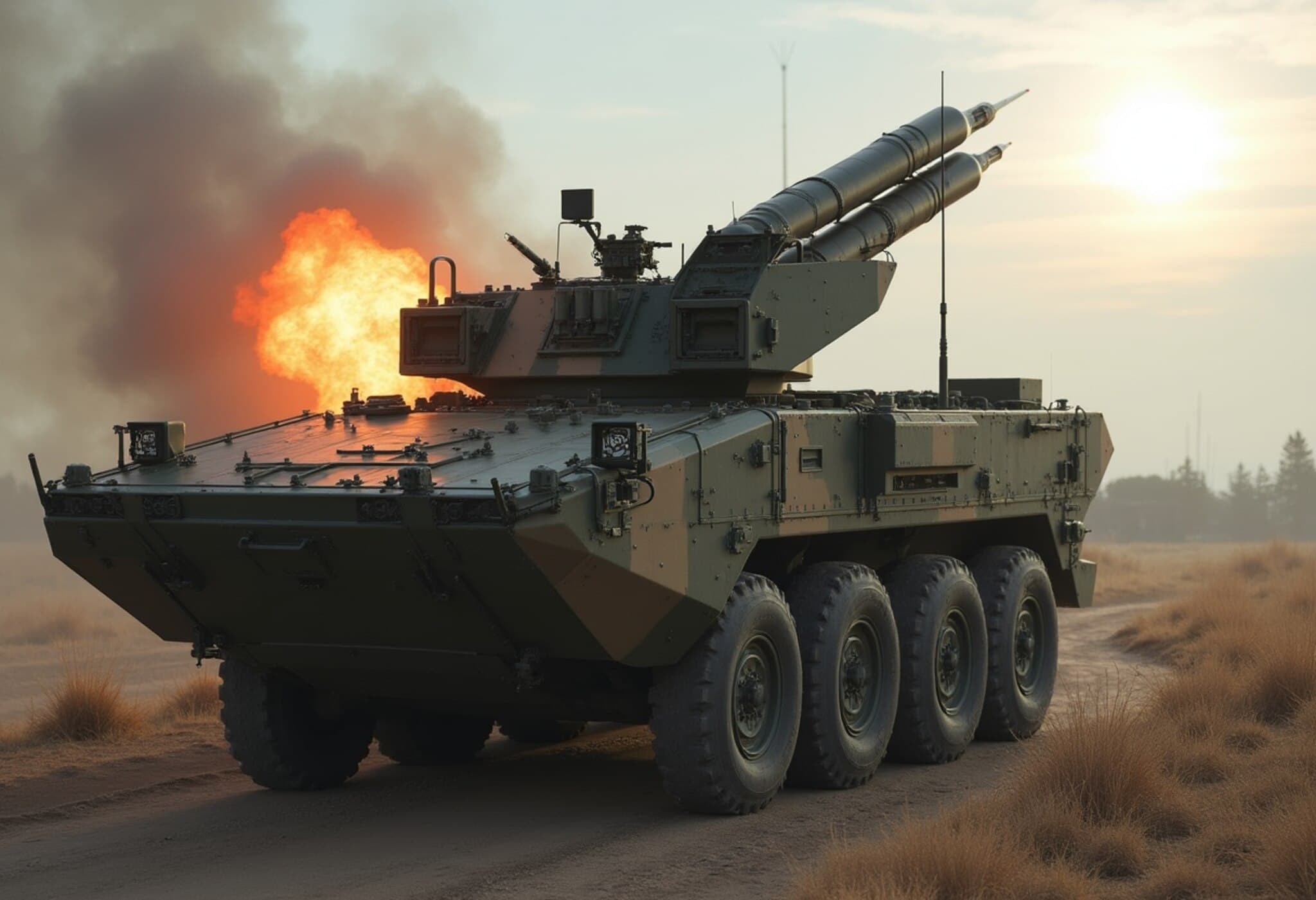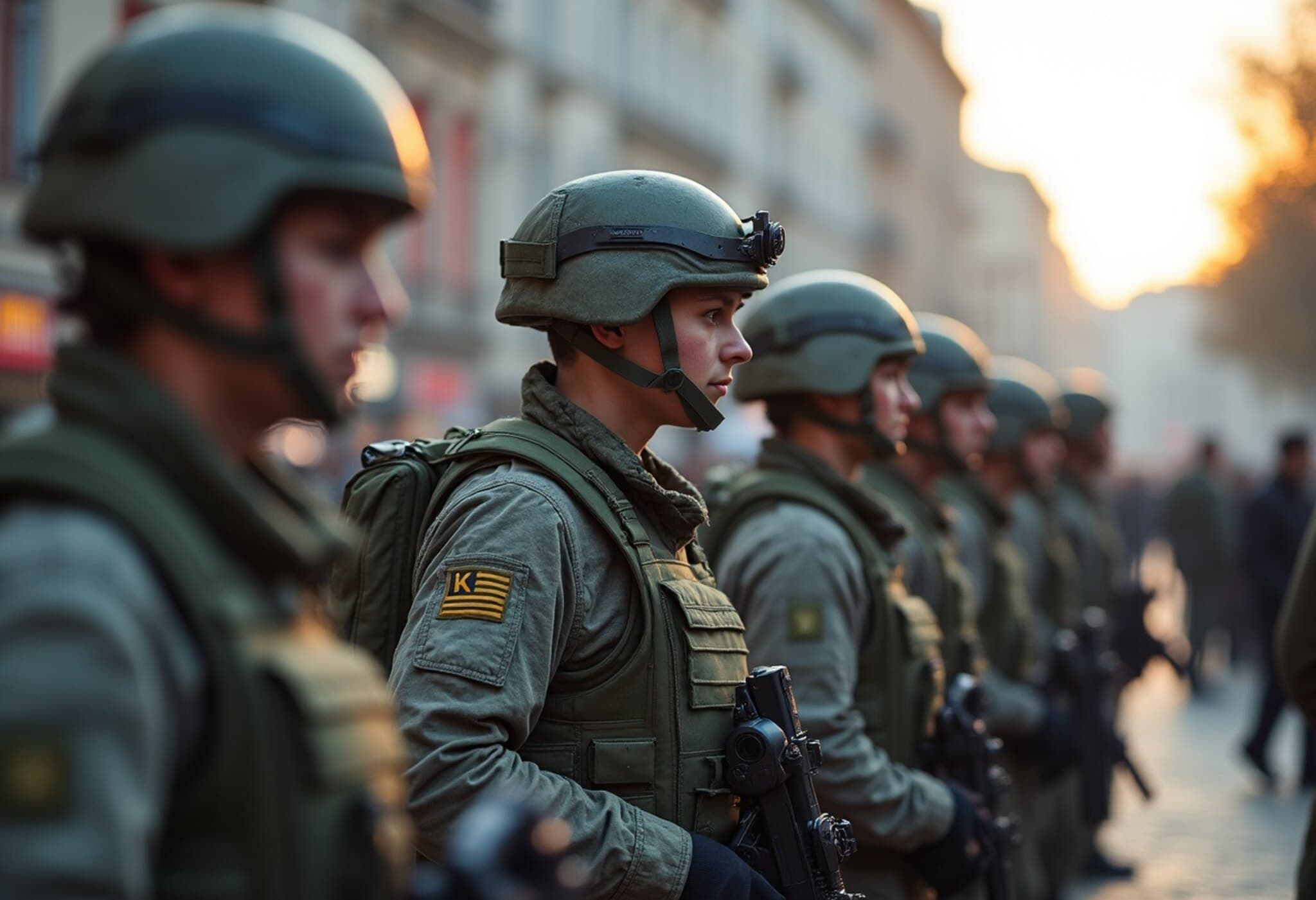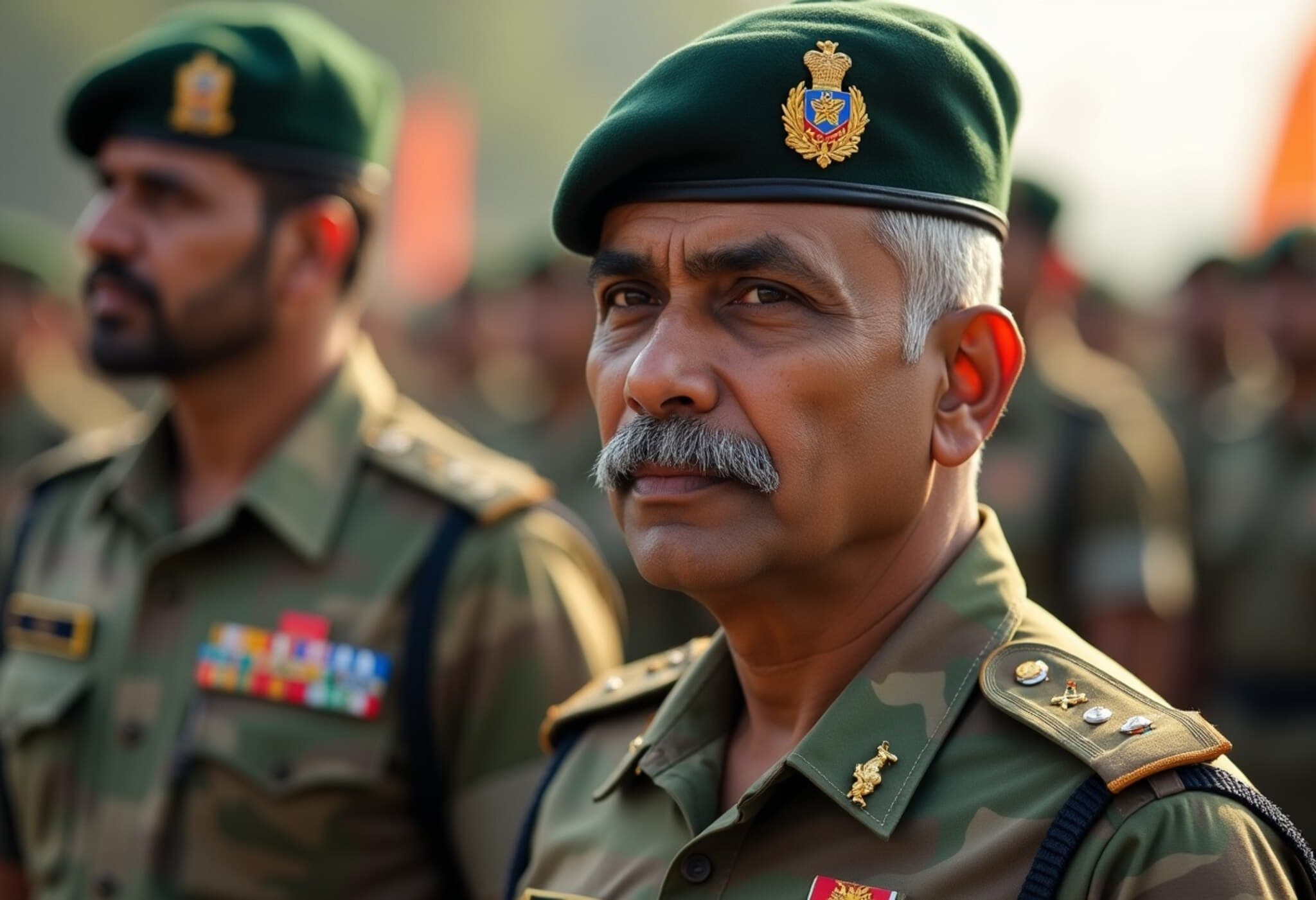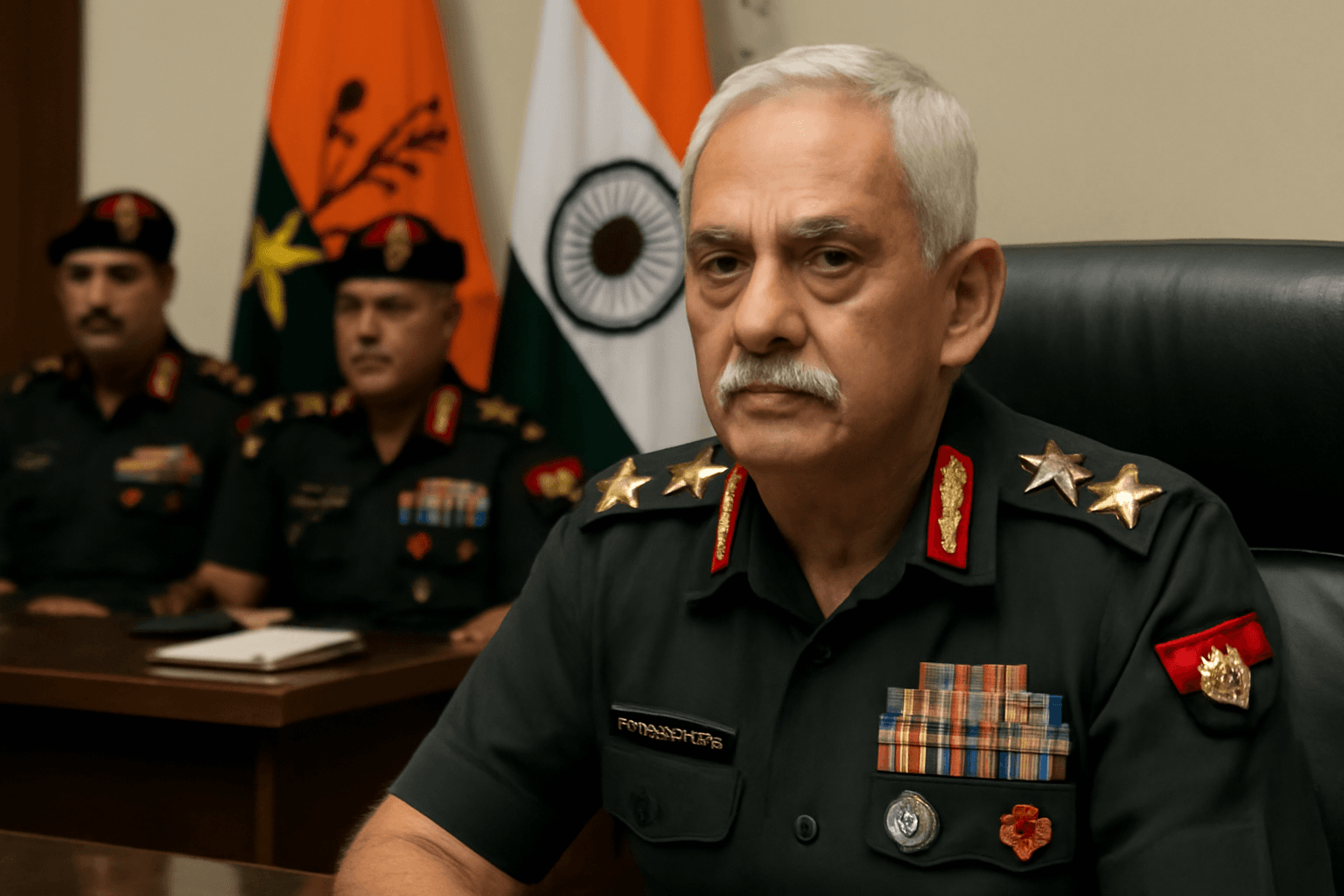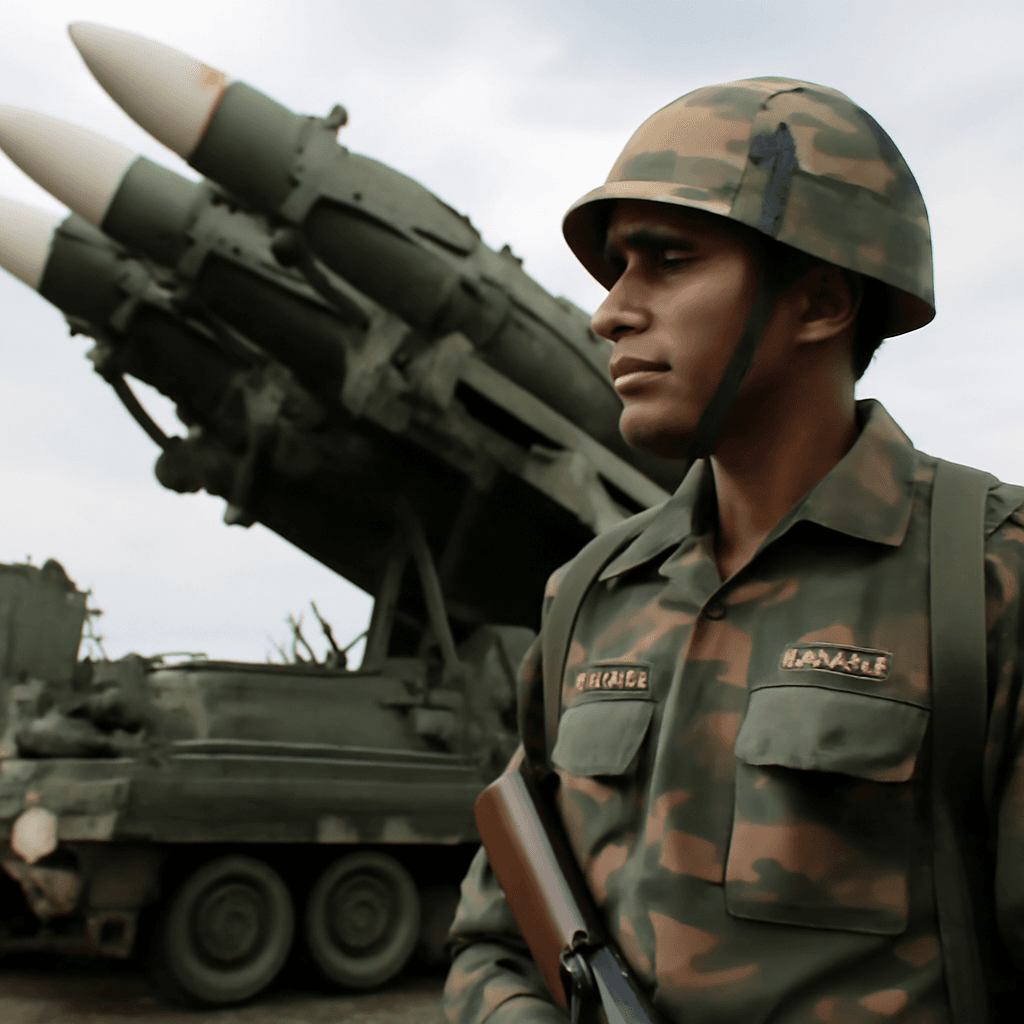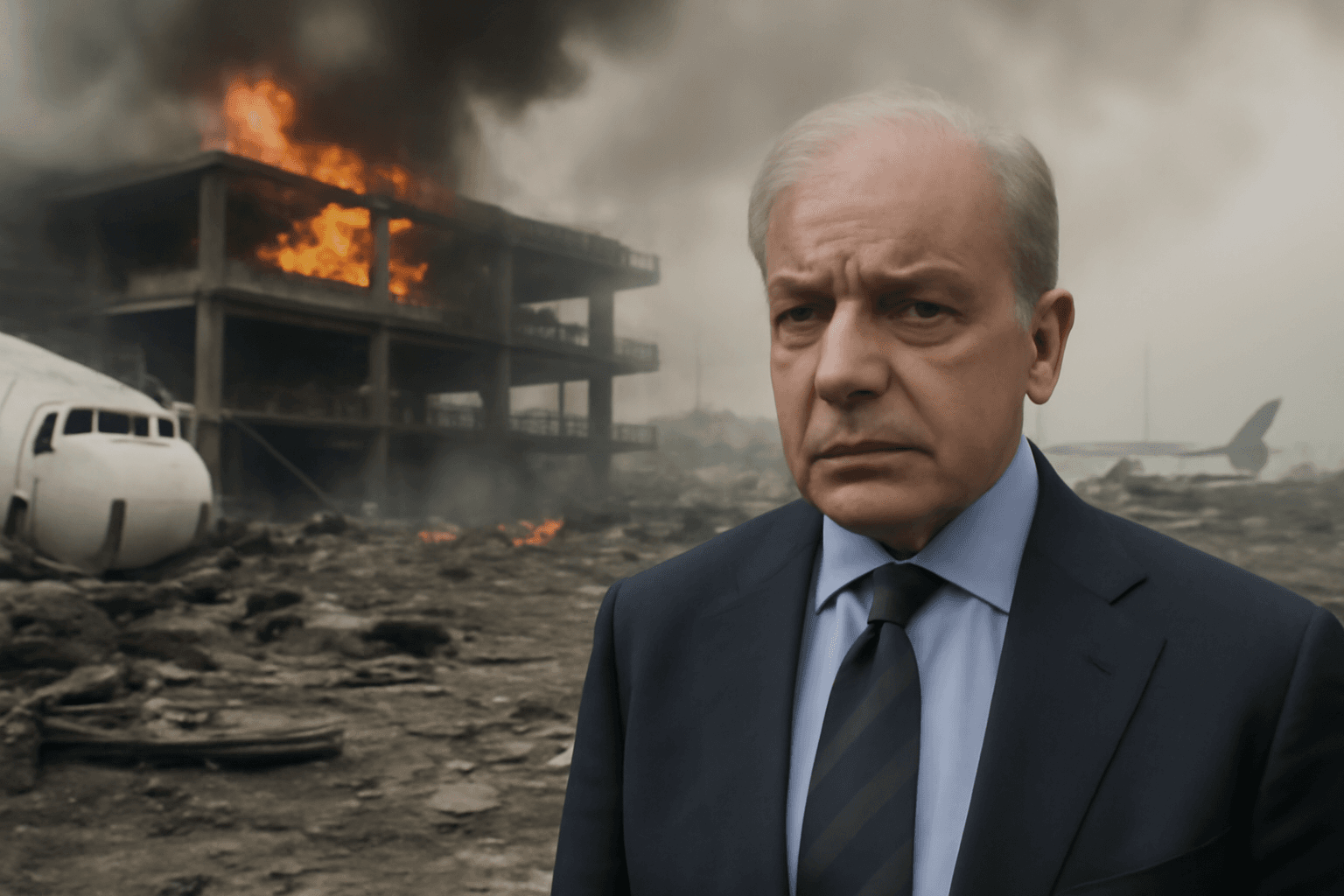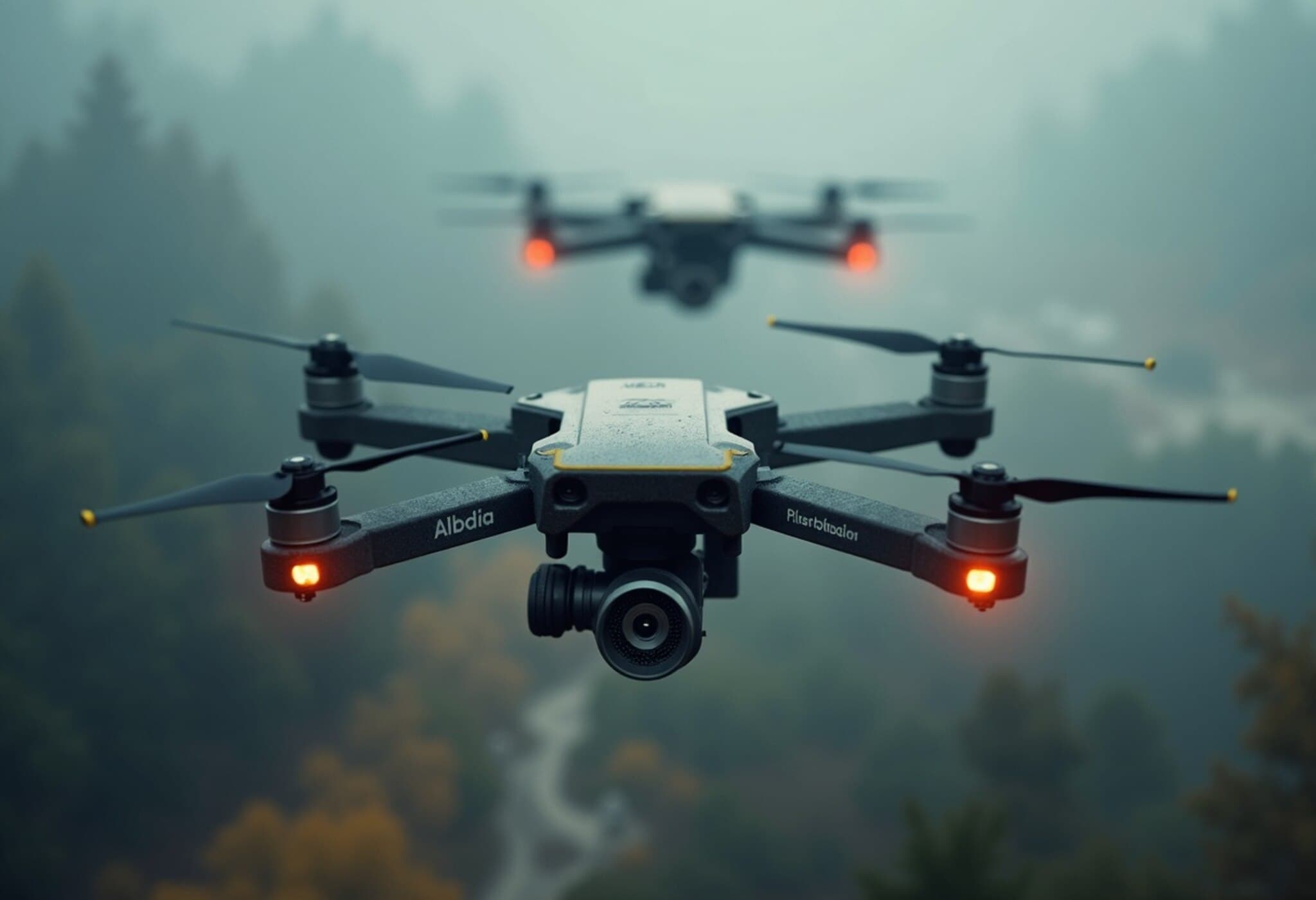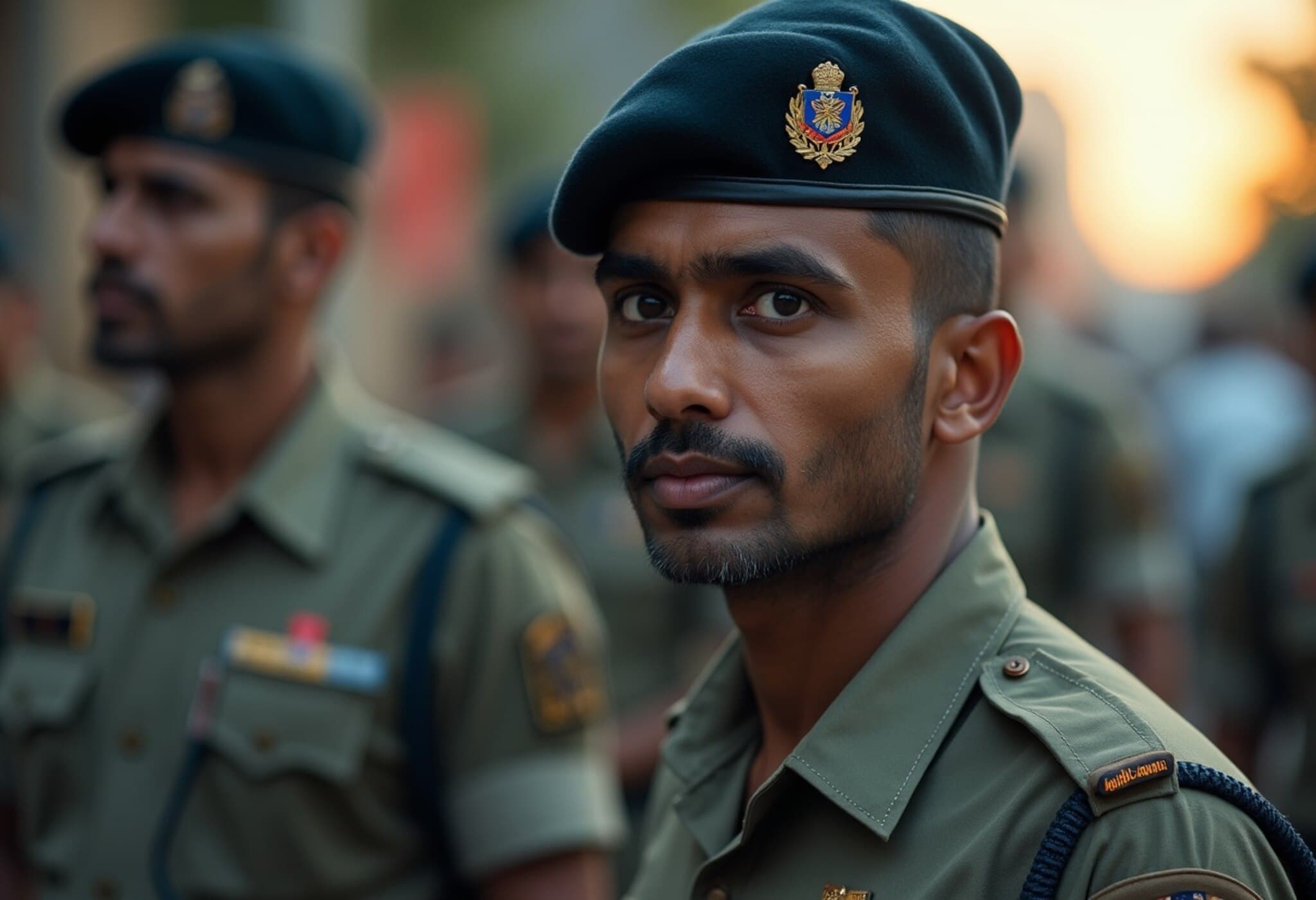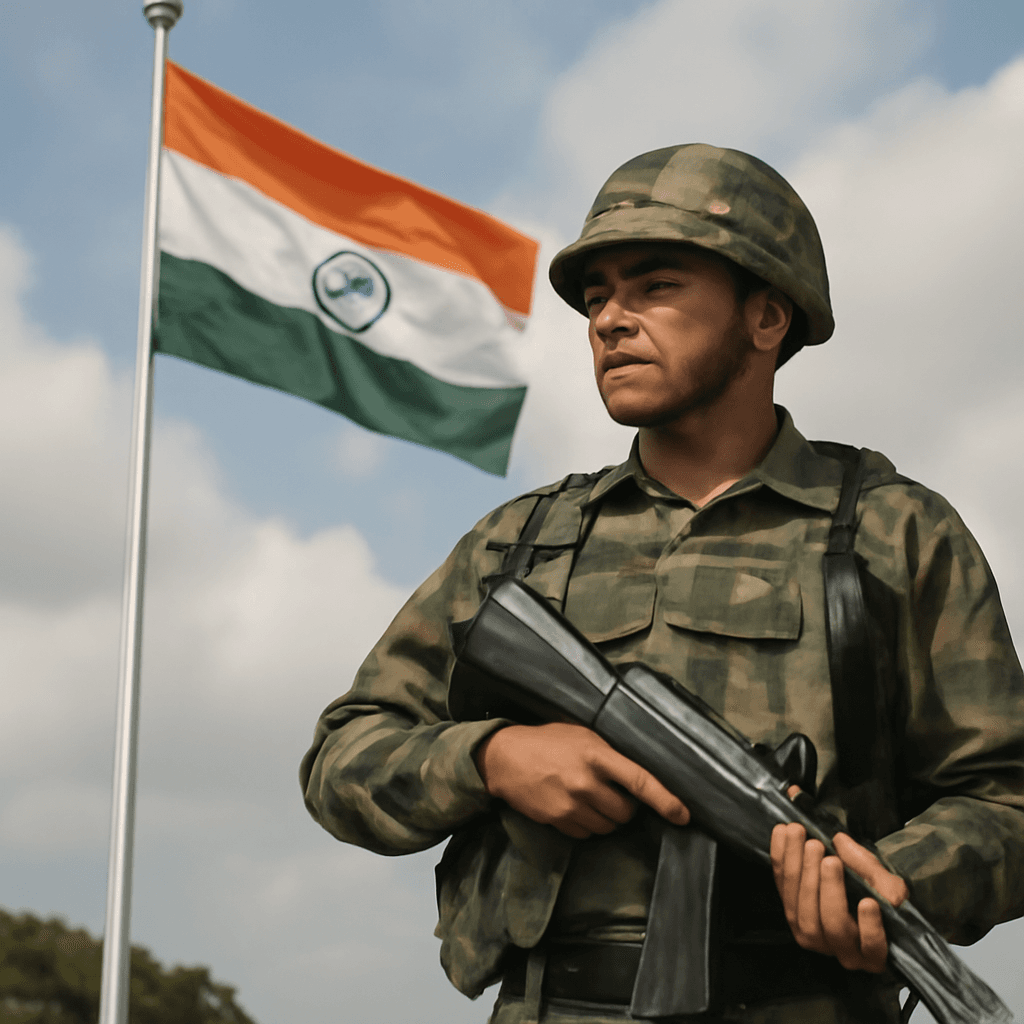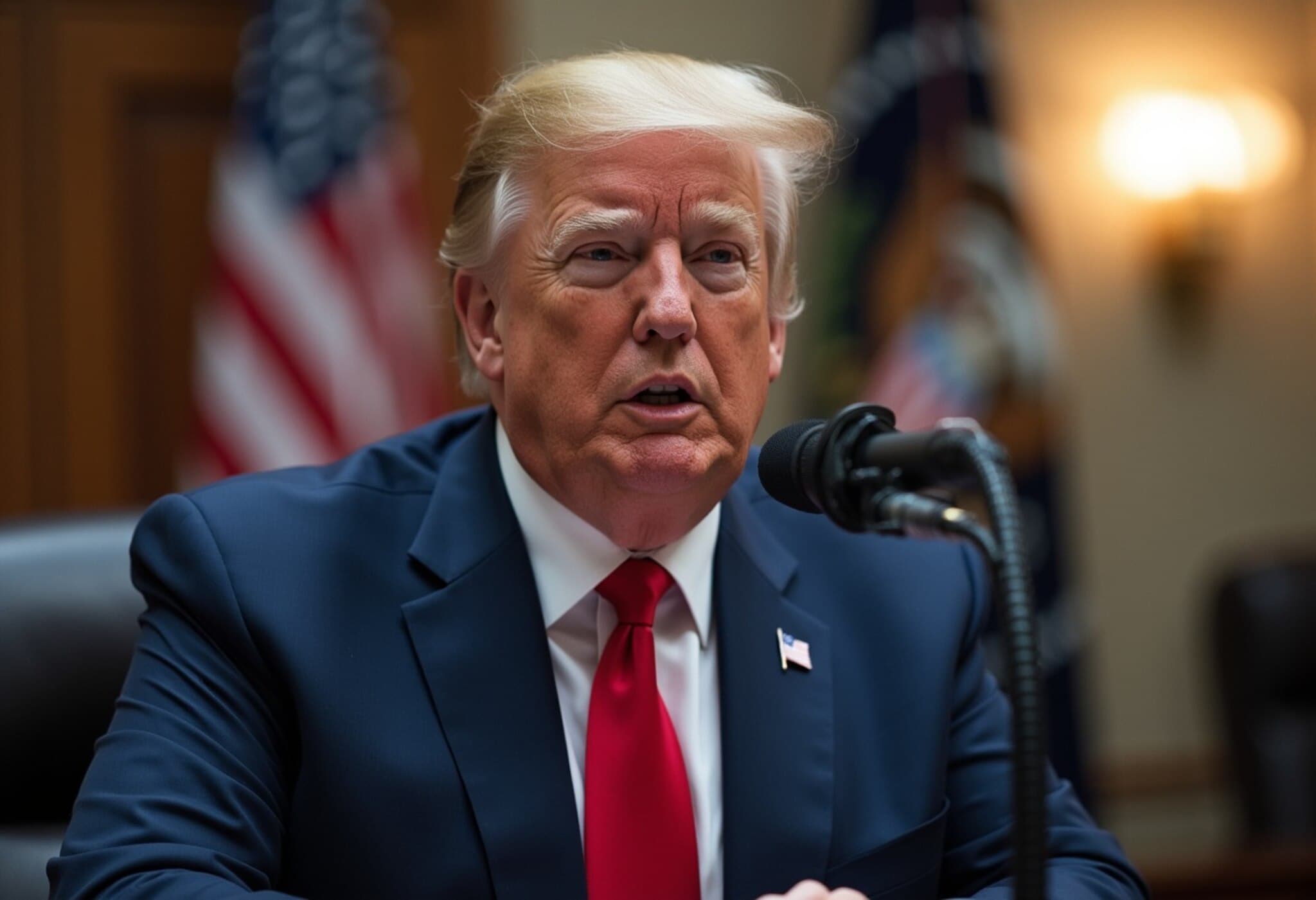Indian Army Embarks on Comprehensive Modernisation Drive
In a significant step toward modern warfare readiness, the Indian Army is set to revolutionize its combat capabilities by integrating drones and anti-drone systems as standard equipment at the battalion level. This sweeping transformation emerges as part of a broader initiative to upgrade the Army’s operational effectiveness and tactical flexibility in an evolving threat landscape.
Lessons from Operation Sindoor Spark Urgent Reforms
The impetus for these reforms was partly driven by insights gained from Operation Sindoor, launched in May 2025 following the Pahalgam terror attack. The operation exposed critical gaps in surveillance and rapid response, particularly highlighting the need for dedicated aerial reconnaissance and counter-UAV measures embedded within frontline units rather than as peripheral assets.
Defense analysts note that this focus reflects a global military trend where UAVs are no longer mere support tools but frontline strategic assets, reshaping how ground forces perceive and engage threats.
Drones to Become Integral to Battalion-Level Operations
Until now, drones have been used on an ad hoc basis, often requiring soldiers to split focus between their primary duties and drone operation. The new plan mandates dedicated, trained drone teams within each battalion—including infantry, artillery, and armored regiments—to handle UAV and anti-UAV systems exclusively.
Surveillance drones are poised to operate even at the platoon and company level, dramatically enhancing situational awareness on the ground. This shift will necessitate reorganizing roughly 70 personnel per unit and readjusting existing roles within combat and support platoons. Experts suggest this granular integration will improve real-time threat monitoring and faster tactical decision-making.
Raising 30 Specialized Bhairav Commando Battalions
As part of the modernization, the Army will raise 30 light commando battalions named Bhairav, each comprising about 250 specially trained soldiers. Designed for precision strikes and rapid-response missions, these units will focus on high-value targets and complex operational environments.
Initial Bhairav battalions are expected to be operational shortly, with recruitment and specialized training underway at infantry regimental centers. Military strategists see these units as force multipliers, capable of bridging gaps between conventional infantry and elite special forces.
Integrated ‘Rudra’ Brigades to Transform Battlefield Dynamics
The formation of all-arms Rudra brigades marks a fundamental shift in operational doctrine. These independent combat formations will integrate infantry, armor, artillery, UAV contingents, and logistics under a unified command, enabling them to conduct autonomous operations across diverse combat theatres.
Rudra brigades are designed to be adaptable—equipped for both conventional clashes and hybrid warfare scenarios, reflecting the complex conflict environment India faces along its borders and within asymmetrical threat zones.
Next-Generation Artillery Enhancements
The artillery branch will undergo a transformative upgrade, introducing two additional larger gun batteries per regiment, alongside a new drone battery dedicated to surveillance and combat roles. Currently, a regiment fields three batteries of six guns each.
A centerpiece of this upgrade includes the development of Divyastra artillery batteries, featuring long-range precision guns, loitering munitions, and integrated anti-drone platforms. These advances aim to provide both offensive reach and a robust defense against aerial threats, underscoring the increasing importance of multi-domain battlefields.
Mechanised Forces Restructured for Future Doctrine
Alongside infantry and artillery, mechanised infantry and armored units are being recalibrated to align with emerging warfighting doctrines emphasizing speed, flexibility, and technological integration. Army Chief General Upendra Dwivedi underscored these initiatives during the recent Kargil Vijay Diwas celebrations, highlighting the Army’s commitment to evolving ahead of emerging threats.
Expert Insight: The Broader Implications
From a strategic perspective, this overhaul reflects the Indian Army's recognition that future conflicts will be increasingly technology-driven, multi-domain, and hybrid in nature. Embedding drones directly into frontline units not only enhances battlefield intelligence but also ensures swift countermeasures against enemy UAV incursions—a growing challenge worldwide.
Economically, the large-scale procurement and indigenization of these systems could stimulate domestic defense industries, aligning with India’s broader push for self-reliance (Atmanirbhar Bharat). Meanwhile, the human factor is front and center: extensive retraining and role realignment speak to a culture shift toward greater technical specialization within the ranks.
Challenges and Questions Ahead
- Training and Retention: How will the Army balance traditional combat skills with increasingly technical drone operations?
- Integration with Existing Command Structures: What challenges might arise in command and control when autonomous brigades like Rudra operate in dynamic environments?
- Cost and Scalability: Can these reforms be sustained across India’s vast and diverse army formations without cost overruns?
Looking Forward
As the Indian Army pushes forward with this transformative vision, the coming months and years will be critical in testing the efficacy of these reforms. The success of placing drones, anti-drone systems, and integrated combat units at the battalion level could set a precedent, serving as a model for other military forces grappling with twenty-first-century warfare’s evolving demands.
Editor's Note:
The Indian Army's modernization initiative represents a landmark shift toward technologically-empowered warfare. While the adoption of drones and specialized commando units enhances battlefield readiness, the real test lies in seamless integration and sustained operational excellence. This evolution raises key questions about training paradigms, doctrine adaptation, and balancing human skill with emerging tech. As these reforms unfold, they will offer valuable lessons on future conflict preparedness on a global scale.

